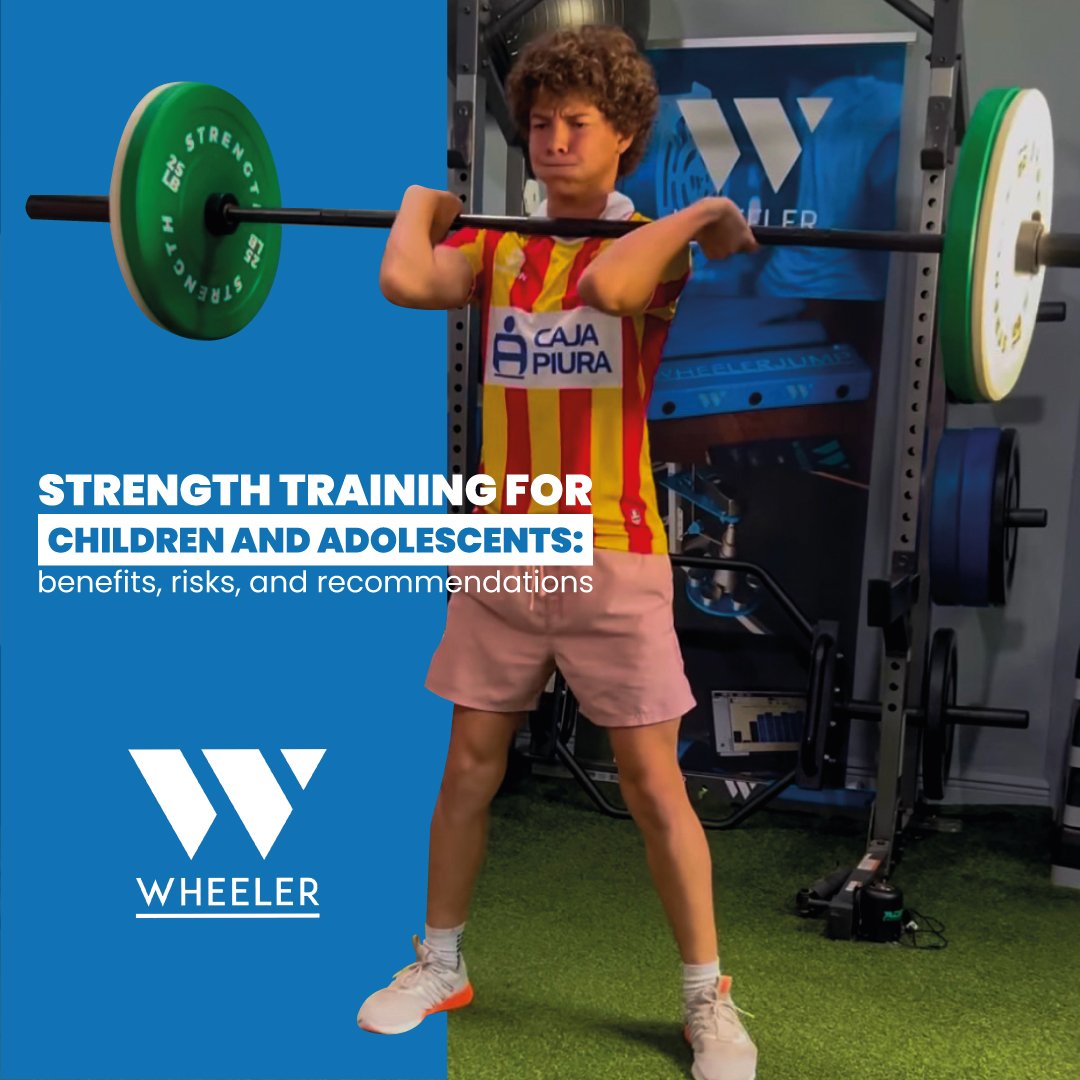Strength training for children and adolescents has been a topic of controversy for many years due to concerns about its impact on growth and health. However, research, such as that presented by AD Faigenbaum in Clinics in Sports Medicine (2023), highlights the potential benefits and the necessary precautions to ensure that this practice is both safe and effective.
Benefits of Strength Training in Youth
In recent years, it has been demonstrated that strength training has numerous benefits for both children and adolescents, provided it is done under appropriate supervision. Among the main benefits are:
- Improved sports performance: Strength training helps develop power, speed, and muscular endurance, which positively impacts sports performance. Young athletes in sports such as soccer, basketball, or track and field can enhance their fundamental physical abilities, optimizing their sport-specific skills.
- Bone development and injury prevention: Contrary to the popular belief that strength training can stunt growth, studies have shown that when performed correctly, it can improve bone density. Moreover, strengthening muscles and joints significantly reduces the risk of injury, especially in high-impact sports.
- Improved body composition: Strength training helps increase muscle mass and reduce body fat, promoting healthy physical development during growth stages. This is particularly important in combating childhood obesity, a growing public health concern in many regions around the world.
- Boost in confidence and self-esteem: The ability to achieve physical goals and see tangible improvements in performance can enhance confidence and self-esteem in young people. Additionally, training in a group or supervised environment can foster social skills and teamwork.
Considerations and Risks
Although strength training offers multiple benefits, certain guidelines must be followed to avoid injuries or problems associated with improper practice. Children and adolescents are not miniature adults, and their training should be tailored to their specific needs. Here are some key considerations:
- Proper supervision: Supervision by qualified trainers is essential. Young people must learn the correct technique for exercises, as improper execution can increase the risk of injury. Additionally, a qualified trainer can ensure that the program is well-structured and that exercises are appropriate for the child’s age and level of physical maturity.
- Appropriate load: The weights used should be light at the beginning, with an emphasis on correct technique before increasing the load. Exercises should focus more on form and control than on lifting heavy weights. Strength training should not involve lifting maximum loads, as this could place unnecessary stress on developing joints and skeletal systems.
- Adapted programming: Not all young people are the same, so the training program must be tailored to the individual characteristics of each child or adolescent, considering their age, physical maturity, and prior abilities. It is recommended that programs focus on general strengthening rather than early specialization in a specific sport.
- Periodization and rest: Adequate rest between sessions is crucial to allow for full recovery and to prevent overtraining, which can lead to chronic fatigue and injury. A well-structured program should include active rest weeks or reduced intensity to ensure optimal recovery.
Recommendations for Safe and Effective Training
For strength training in children and adolescents to be both safe and effective, Faigenbaum suggests following a series of basic guidelines:
- Start with a medical evaluation: Before beginning any strength training program, a medical evaluation should be performed to identify any contraindications or conditions that may require special adaptations.
- Promote education: Teaching young people about the importance of warming up, technique, and safety is essential. A good warm-up before training helps prepare muscles and joints, reducing the risk of injury.
- Gradual progression: As young athletes improve their strength and technique, it is possible to gradually increase the load and complexity of exercises. This progression should be slow and based on individual capacity, avoiding abrupt increases in difficulty.
- Incorporate variety: Including a variety of exercises to strengthen different muscle groups and improve mobility is key to balanced development. Additionally, variety prevents boredom and plateaus in progress.
Conclusion
Strength training in children and adolescents, when done properly, can be a powerful tool for improving health, sports performance, and overall well-being. However, it must be conducted under proper supervision, with a focus on technique, safety, and gradual progression. With these guidelines, strength training can become an essential component of young people’s physical development, preparing them not only for athletic success but also for a healthier life.
Author


